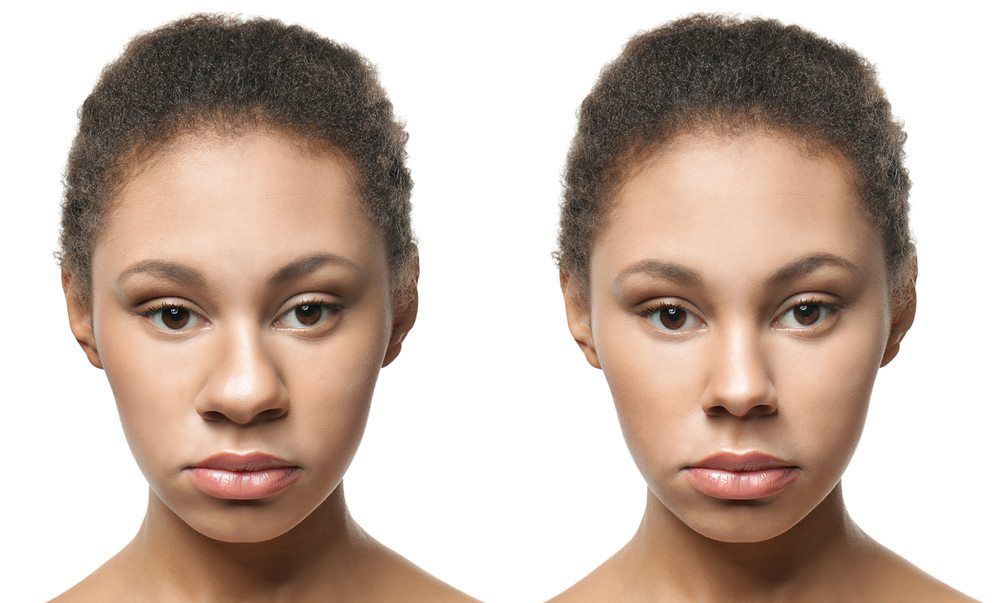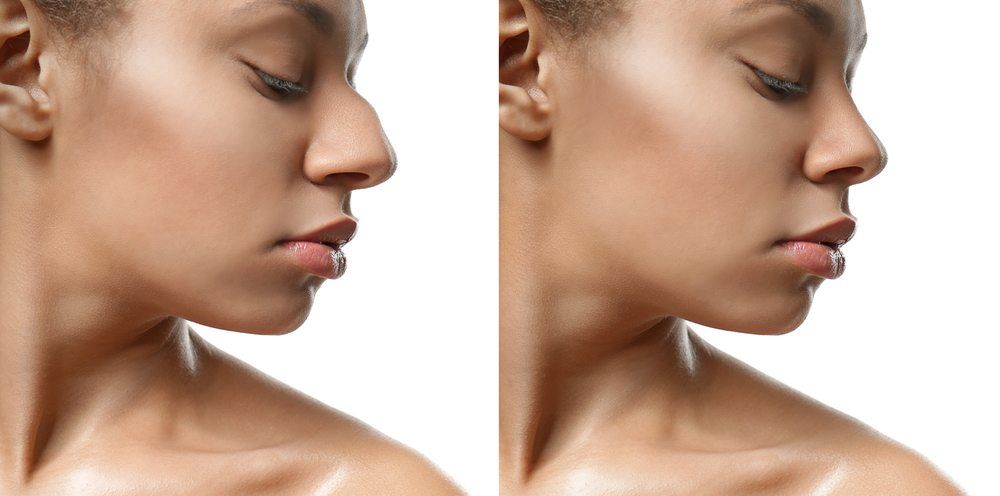Functional Rhinoplasty
Introduction
The hallmark of modern approaches to rhinoplasty is the art of achieving a harmonious balance between nasal aesthetics and functionality. The ultimate goal of cosmetic rhinoplasty is to rebuild the external contours of the nose while maintaining the anatomical support of the nose. Likewise, purely functional nasal surgery performed to improve nasal airflow should preserve the aesthetic model of the beautiful nose.

Anatomy
A thorough knowledge of nasal anatomy is essential for the rhinoplasty surgeon. Anatomical understanding is the guiding force behind properly redefining the nasal appearance without compromising physiologic function. The nose can be analyzed into different components, including the nasal skin, the bony pyramid (nasal bones, bony septum, and ascending process of the maxilla), the cartilaginous pyramid (upper lateral cartilages and cartilaginous septum), and the nasal tip (lower lateral cartilages). A wide variation of nasal combinations exist and as a result infinite variety of nasal problems are possible. For each unique nose, an integrated approach of open, closed and endoscopic techniques provides the surgeon with the necessary tools to accomplish phenomenal results consistently.
The importance of Intranasal Examination
Nasal obstruction is a consequence of a structural nasal component blocking the nasal passage. Usually is a result of at least one of the following: (1) septal deviation; (2) turbinate hypertrophy; (3) internal valve collapse; and (4) external valve collapse. A thorough intranasal examination provides evidence of the obstruction which in many occasions is a result of multiple factors. Finally, a dynamic analysis of the intranasal cavity is crucial because the presence of nasal obstruction can be exclusively related to architectural collapse during nasal breathing.

Philosophy of Nasal Aesthetics
A stunning nose is achieve when the aesthetic judgement of the surgeon is in conformity with the patient desires. Understanding the patient’s motivations, expectations and fears are key for ultimate satisfaction. Unrealistic expectations should be discussed and they may serve as an opportunity for patient education. For the surgeon, rhinoplasty is a very challenging and extremely rewarding procedure which can in occasions be authentically humbling. Every nose has a unique anatomy, contour, and proportions, requiring a balance procedure which harmonizes with all the other facial features of the patient. The art behind all these interrelated surgical maneuvers is to visualize the ultimate healed result while transforming nasal structures. Rhinoplasty is a continually evolving operation and similar to the unoperated nose changes will continue for a lifetime. breathing.


What are the ethnic features of the Puerto Rican nose?
Because of our genetic influence of African, Spanish, Taíno and most recently Caucasian descent Puerto Rican noses have a significant amount of interethnic variability and surgical approaches need to be customized to create a natural nose that is in unity with each individual face. In general, the Puerto Rican nose width lies between the Caucasian and African nose. Our cartilages are softer in the nasal tip and proper reconstruction requires proficiency in cartilage grafting and sculpting. The biggest test of the Puerto Rican rhinoplasty relates to the thickness of our nasal skin and the associated challenges of establishing alluring defining shadows.
To see a demonstration press the link below
External Nasal Valve Collapse
Nasal valvular function needs to be asses on all cases of limited nasal airflow. Dynamic collapse of the external wall of the nose, also known as lateral wall insufficiency (LWI), represents in many patients the primary cause of nasal obstruction. A hypermobile nasal sidewall is susceptible to inward collapse during inspiration causing narrowing of the internal nasal valve.
The LATERA Absorbable Nasal Implant is used to support the upper and lower lateral cartilages in the nose, reinforcing the nasal wall like traditional cartilage grafts. Supporting the cartilages in this manner may reduce nasal airway obstruction symptoms and help patients breathe better.










